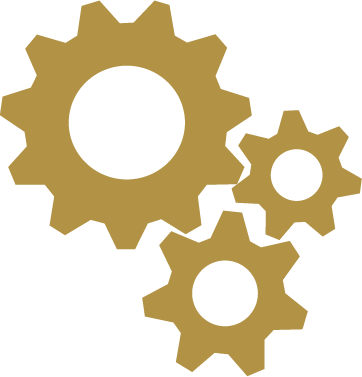Annotation for Female Advertising Imagery
Genre
This paper was written to examine the impact female body angles have on advertising. The paper would be a good candidate for the Journal of Marketing Research, Journal of Marketing or Journal of Business Research. If advertisers are using human subjects as a prop to sell their products, this study found that a female’s back was most preferred. Additionally, when male and female respondent’s preferences were compared, the results showed a significant difference between gender preferences. The male respondents preferred the female front angle compared to the female respondents who preferred the female’s butt angle. Based on this study, the findings concluded that specific physiology of the female anatomy placed a significant role in advertising photography.
Identifying and Understanding the Audience
In recognizing that companies reach their customers in different ways, the authors examined techniques which could be beneficial should they elected to use female subjects. The audience for this paper would be marketing practitioners and academicians. The paper is written using a typical academic format. But, the findings will hopefully influence practitioner’s decisions.
Purpose
The thesis statement envelops the idea that the use of specific angles of the female anatomy would increase customer’s attention and sale. Overall the result of the study concluded that the female back was most preferred and the breast was least preferred when used in advertising. However, as previously mentioned, there were gender differences in preference levels.
Organization/Structure
The paper is ordered according to a typical academic paper structure, beginning with an abstract, introduction, literature review, primary research methodology and results. However each academic journal will have its own requirements and authors adjust their format depending of these requirements (Kotze, T: undated).
The typical structure would include a Title, Abstract, Keywords, Introduction, Literature review (Or: background, conceptual development or conceptual framework), Methods (methodology), Results (Findings), Discussions (summary of findings, implications, recommendation for future research) (Kotze, T: 2 undated).
According to Kotze, the study should make adequate contributions to the existing literature in that discipline. The conceptual framework should be well developed with definitions and theories that supports the hypotheses (in this case the thesis statement). The sample must be representative of the population being studied and large enough to be valid and reliable. The writing style should be cohesive (Kotze, T:1).
Information/Content
The thesis statement is made in the abstract and repeated in the introduction. If necessary the author will use quotes but mostly paraphrasing is used with credit cited. The important points would probably be the findings and that is placed at the end of the paper. Depending on the paper, the author is free to assert his/her point of view or opinions.
Format
The heading is placed above each section. The goal is to encourage cohesiveness, structure and organization. The title should grab the reader’s attention and reflect the main theme answering “What was researched,” “How will the topic be research?” “With whom?- examine the units of measurement and demography,” “Where/in what context will the study be conducted?” (Kotze:3).
The abstract is the summary to the article and the introduction will give the reader an idea of what to expect. The literature review will include the theoretical core of the article and according to Leedy et al., evaluate, synthesize and reorganize secondary literature (Leedy & Ormrod, 2005:84). The methodology section describes the steps taken in conducting the study and a justification for the research methods (Perry et al., 2003:661). Finally the results section summarizes the data.
Source: http://www.btsau.kiev.ua/sites/default/files/scopus/%D0%A1%D1%83%D0%BF%D0%B5%D1%80%20-%20writing_an_academic_journal_article.pdf
Language/Writing
There should be no spelling or grammatical errors. The writing style is formal, clear and concise. However, the length of the paper is dictated by journal, though most academic journals range from 20 to 25 pages (11/2 line spacing) or 4000 to 7000 words in length (Kotze:2)
Citations
APA format is used both in text and bibliographies. Types of sources would be scholarly journals, trade journals, and popular magazines in marketing, advertising or business in general. For credibility purposes a good indicator would be peer-reviewed academic journals also looking at their credentials or affiliations, normally mentioned in the scholarly article. Additionally if using articles, popular magazines or trade journals, the authors cited in the article can be made in google scholar or a general search to determine other articles written. Normally, if sources such as .edu, .org, or .gov are updated regularly that would be a good indicator that the cites are credible.
